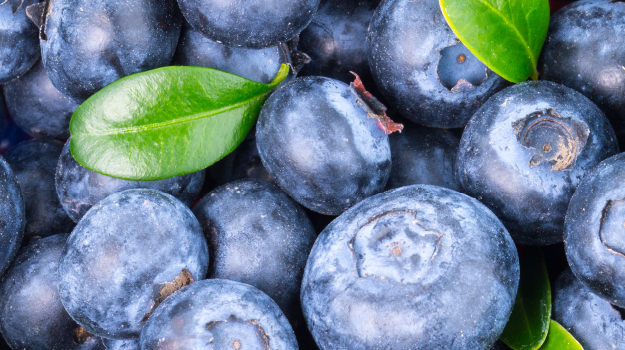
A natural progression from eating healthier foods is to grow our own and, in fact, in recent years, there’s been a marked increase in home gardening. Whether you have an abundance of gardening space, a condo lanai, or a sunny window ledge in the kitchen, you can grow at least some of your own produce utilizing three vegetable planning methods.
The goal is to utilize all of the space in your garden, whether it’s a plot or a clay pot or two. There are three techniques which will help you achieve this: vertical cropping, succession planting, and intercropping.
Vertical cropping
Vertical cropping is just what it sounds like it is, training veggies such as cucumbers, squash, peas and beans to grow vertically by providing them with supports like poles, cages, trellises or even an existing fence. Use your imagination, as many things can be repurposed for use as supports.
Succession planting
Succession planting is when you grow an early spring crop, such as lettuce, and then replace it with warm weather crop, like beans. Replace the beans with a cool season crop again, like lettuce or radish, as the growing season winds down.
Intercropping
You can also grow fast growing veggies amongst slower growing crops. For example, try intercropping green onions or radishes in with your tomato plants. Also, try tucking some veggie crops like some of the pretty colored lettuces in with your seasonal pots of annuals. Intercropping in this manner is a terrific way of making the most out of the space you have.
If you have a designated garden plot, you’re lucky; but many people are either by choice or necessity making their homes in apartments or condos with little to no gardening space. This is where maximizing space is key. Container gardening combined with vertical cropping and intercropping will allow you to get the most out of your space.



